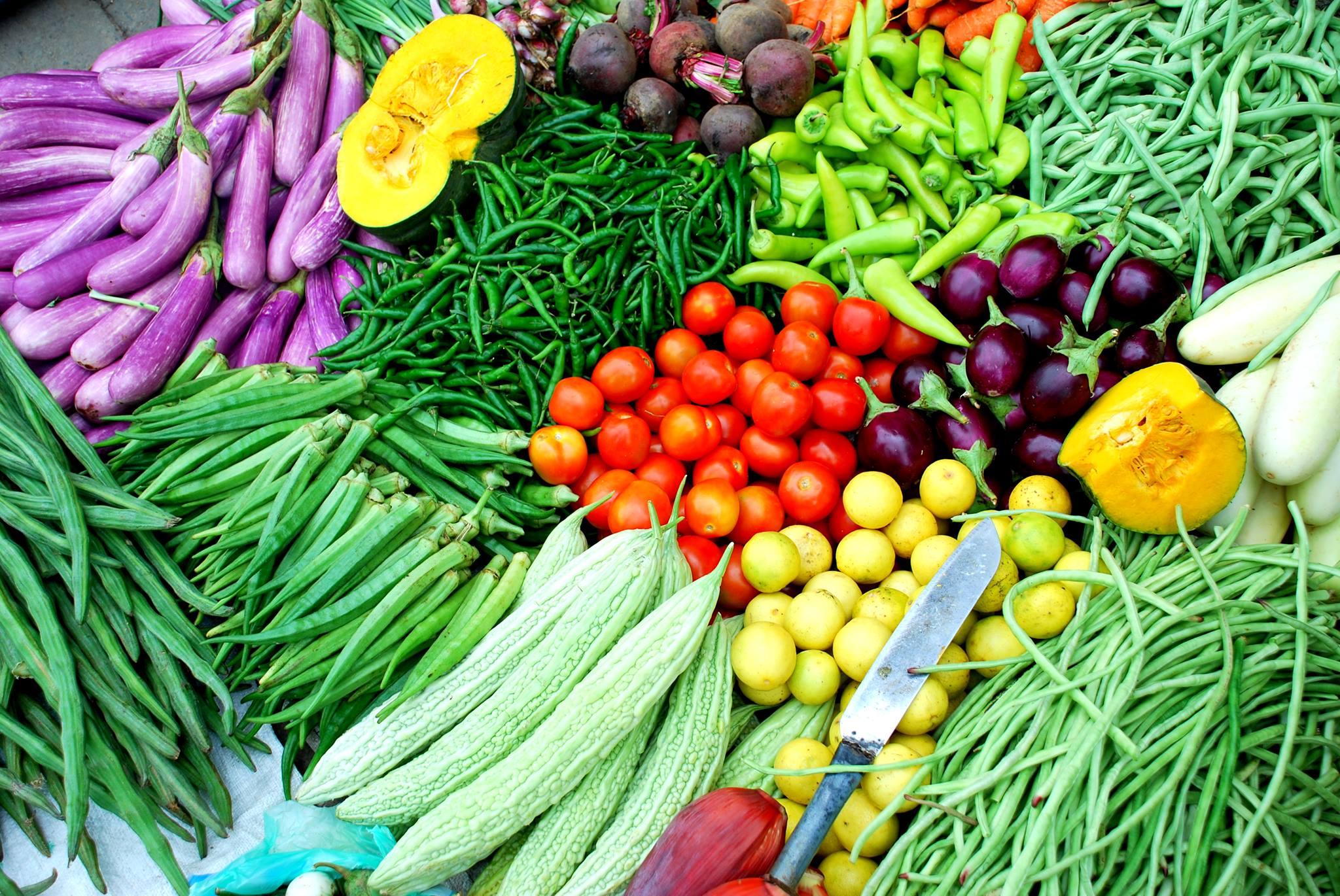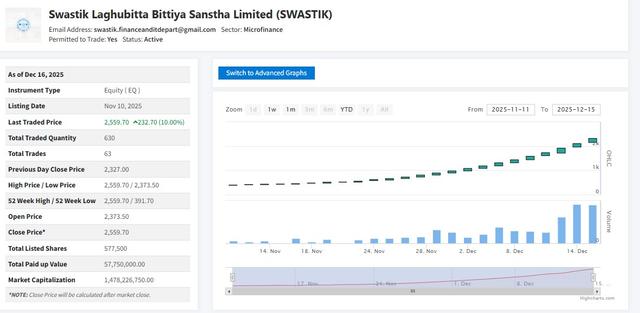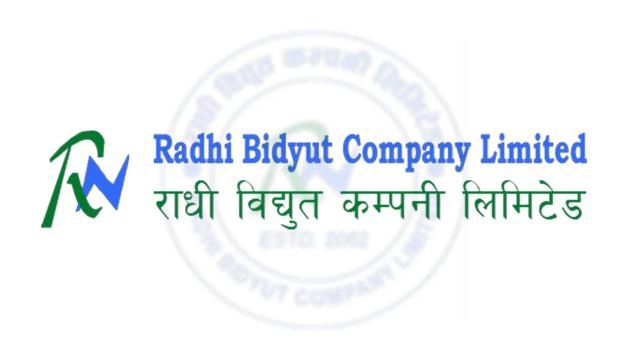Vegetable Prices Fall by 12.7%, but Pulses and Cooking Oil See Double-Digit Surge
Author
NEPSE TRADING

Kathmandu, October 2025 | NepseTrading Economic Desk —
Nepali consumers received some short-term relief in vegetable prices during mid-September (Bhadau 2082/83), but the overall food inflation picture remains mixed.
According to the National Consumer Price Index (NCPI) report published by the Nepal Rastra Bank (NRB), vegetable prices fell by 12.7 percent year-on-year, yet pulses and cooking oil prices surged by over 10 percent, offsetting much of the gain from cheaper vegetables.
The data shows that while food inflation has stabilized compared to earlier months, imported items and processed food products continue to push the household budget higher.
The fall in vegetable prices is mainly attributed to better seasonal harvests and smooth domestic supply conditions.
Favorable monsoon rainfall across the Terai and mid-hill regions during the last quarter improved production and market availability.
The vegetable group index declined to 108.11 points, down 12.7 percent compared to the same period last year, offering short-term relief to urban consumers.
However, analysts warn that the decline may be temporary, as festive demand and transport bottlenecks in the coming months could push prices back up.
Despite overall food price stability, pulses and lentils recorded a sharp 10.8 percent annual increase, one of the highest among major food categories.
The surge is primarily due to higher wholesale prices in India, from where Nepal imports a large portion of its lentil supply.
Lower rainfall and production shortfalls in India have tightened the regional supply chain, causing prices to climb in both wholesale and retail markets.
Traders note that local prices mirror the Indian trend, as Nepal’s dependence on imported pulses leaves little room for domestic price control.
This rise in essential protein sources has disproportionately affected middle- and low-income families, who already spend a significant share of their income on food.
Cooking oil, another key component of the Nepali kitchen, saw a significant 11.09 percent increase over the same period.
The ghee and oil sub-group index rose to 113.05 points, reflecting both global edible oil price fluctuations and seasonal domestic demand.
Rising import costs for sunflower, soybean, and mustard oil — combined with increased consumption ahead of Nepal’s major festivals — have made cooking oil one of the fastest-growing price categories.
Economists describe this trend as a clear example of imported inflation, where global commodity prices and exchange rate pressures directly impact domestic markets.
The milk and egg category showed a 2.7 percent increase, driven by higher feed and transportation costs in the livestock sector.
Meanwhile, fruits declined by 1.1 percent, and spices dropped by 6.3 percent, helping balance the overall food inflation rate.
These decreases, however, were not strong enough to offset the steep rise in imported or semi-processed food items.
In contrast, cereal grains and their products, such as rice and wheat, remained elevated, with a 9.34 percent annual increase, indicating persistent cost pressures on basic household staples.
Nepal’s heavy dependence on imports continues to make its food economy highly vulnerable to external shocks.
More than 80 percent of lentils and edible oils consumed in Nepal are imported from India and third countries.
Any change in India’s export policy, production levels, or freight costs immediately affects domestic prices.
Economists warn that even though inflation appears mild in percentage terms, the structural dependency on imported food poses long-term risks for food security and price stability.
The recent rise in oil and pulses is a reminder that Nepal’s inflation is not only homegrown — it is also imported and externally driven.
For most households, the current inflation data translates into a mixed experience — cheaper vegetables and spices, but more expensive pulses, oils, and grains.
Consumers in urban centers like Kathmandu have felt minor relief in daily market expenses, yet the total monthly food cost remains nearly unchanged due to higher spending on imported products.
Traders expect that with upcoming festivals like Dashain and Tihar, demand will spike again, potentially reversing the temporary price stability.
This makes the current decline in vegetable prices a short-term relief, not a structural improvement.
In summary, the 12.7 percent decline in vegetable prices provided short-lived comfort to consumers, but the double-digit surge in pulses (10.8%) and cooking oil (11%) reflects deeper inflationary pressure in imported food categories.
While domestic supply has improved for perishable goods, imported inflation and global commodity price volatility remain key threats to price stability in Nepal.
Unless domestic agricultural productivity improves and import management becomes more efficient, the cost of essential food items will continue to fluctuate, keeping consumer relief temporary and uncertain.



